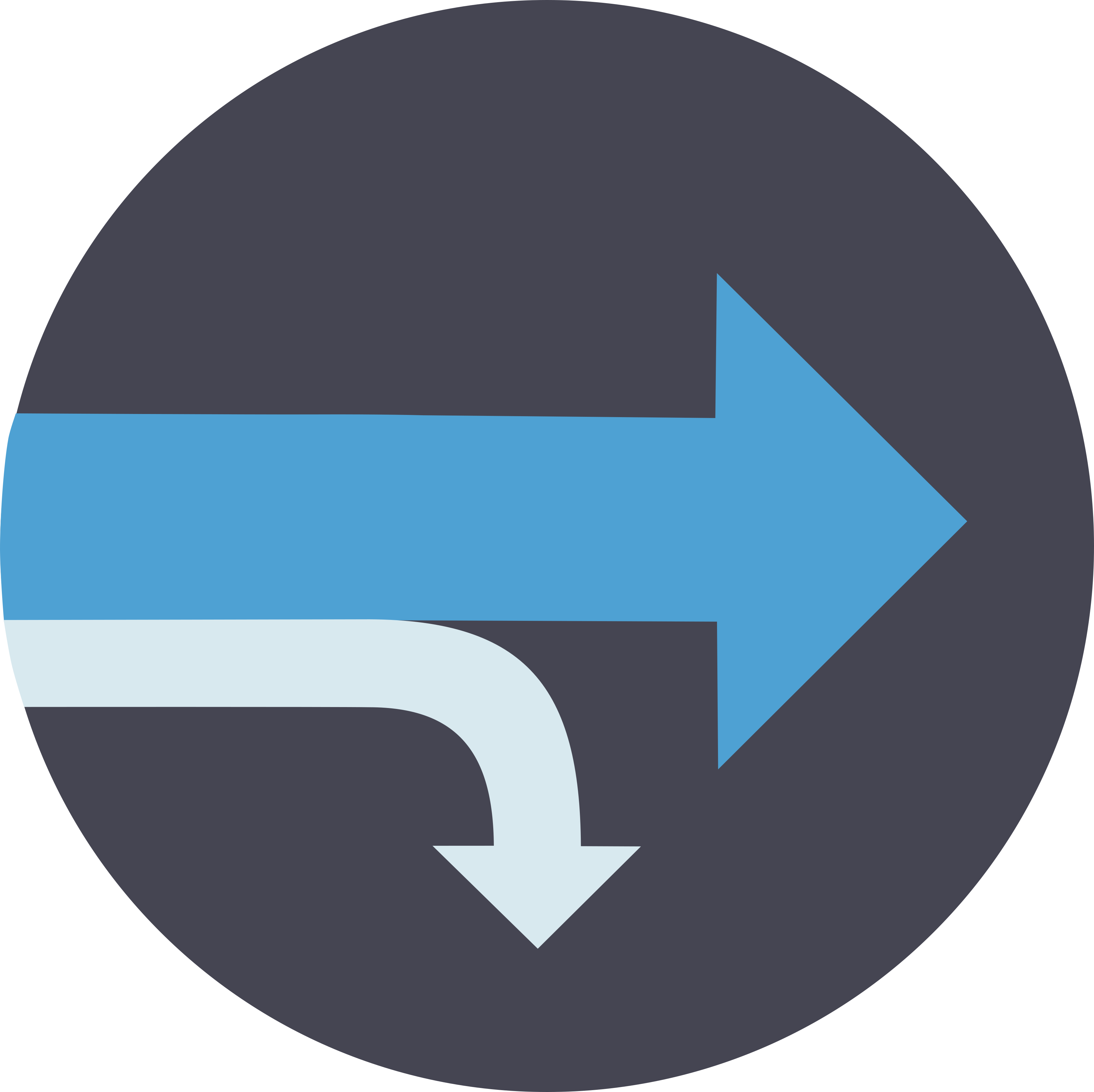- Agent-based models are a specific case of models where actors participating in e.g. the electricity market are modelled explicitly as agents with distinct strategies and behaviour.
- Bottom-up approach follows a techno-economic philosophy that leads to disaggregated models representing the energy sector with great details. Bottom-up models are appropriate for assessment of new technologies and marginal cost analysis.
- Capacity expansion models simulate generation and transmission capacity investment, given assumptions about future electricity demand, fuel prices, technology cost and performance, and policy and regulation
- Computable General Equilibrium (CGE) models are large numerical models which combine economic theory with real economic data in order to derive computationally the impacts of policies or shocks in the economy.
- Demand dispatch is the capability to aggregate and precisely control (or dispatch) individual loads on command.
- Demand response refers to the ability to curtail some electrical loads at peak times to alleviate the need for peaking generation sources. Basically, it means being able to turn loads off on command.
- Econometric method provides forecasting based on economic models identified through statistical methods in order to extrapolate the past observations to predict future tendencies.
- Partial Equilibrium models are concerned with computing economic equilibria, in particular for the energy sector. Partial Equilibrium models deal only with equilibrium in the energy sector without taking into account possible adjustments in the rest of the economy. They focus on medium to long-range analyses. General Equilibrium models are concerned with the conditions that apply when simultaneous equilibrium in all markets is imposed.
- Integrated modelling framework method uses Interdisciplinary approaches (including natural and social sciences) combined with transdisciplinary research methods to enable the study of complex questions about the impact of technical, socio-economic and political decisions on the performance of the future energy system.
- IoT (Internet-of-Things) employs sensors and communication technologies for sensing and transmitting real-time data, which enables fast computations and optimal decision-making. Moreover, IoT can help the energy sector to transform from a centralized to a distributed, smart, and integrated energy system.
- Life-cycle assessment is a method to assess environmental impacts associated with all the stages of a product’s life from-cradle-to-grave (i.e., from raw material extraction through materials processing, manufacture, distribution, use, repair and maintenance, and disposal or recycling).
- Optimization models generate outcome representing the best solution for given variables while meeting the given constraints. Optimization models look for ‘ideal’ outcomes (e.g., best technologies and energy forms satisfying exogenous constraints).
- Simulation models simulate an energy-system based on specified equations and characteristics. They are often bottom-up models, with a detailed technological description of the energy system. Simulation models allow the testing of various system topologies, as well as impacts and developments of various scenarios.
- Top-down approach follows a macro- economic philosophy that leads to aggregate models in the sense that they use aggregate economic variables. Top-down models are adapted to the analysis of the macro-economic impacts of energy policies.
- Unit commitment problem determines the commitment of generating units with the aim of minimizing operating costs while supplying the demand and meeting technical and security constraints.



